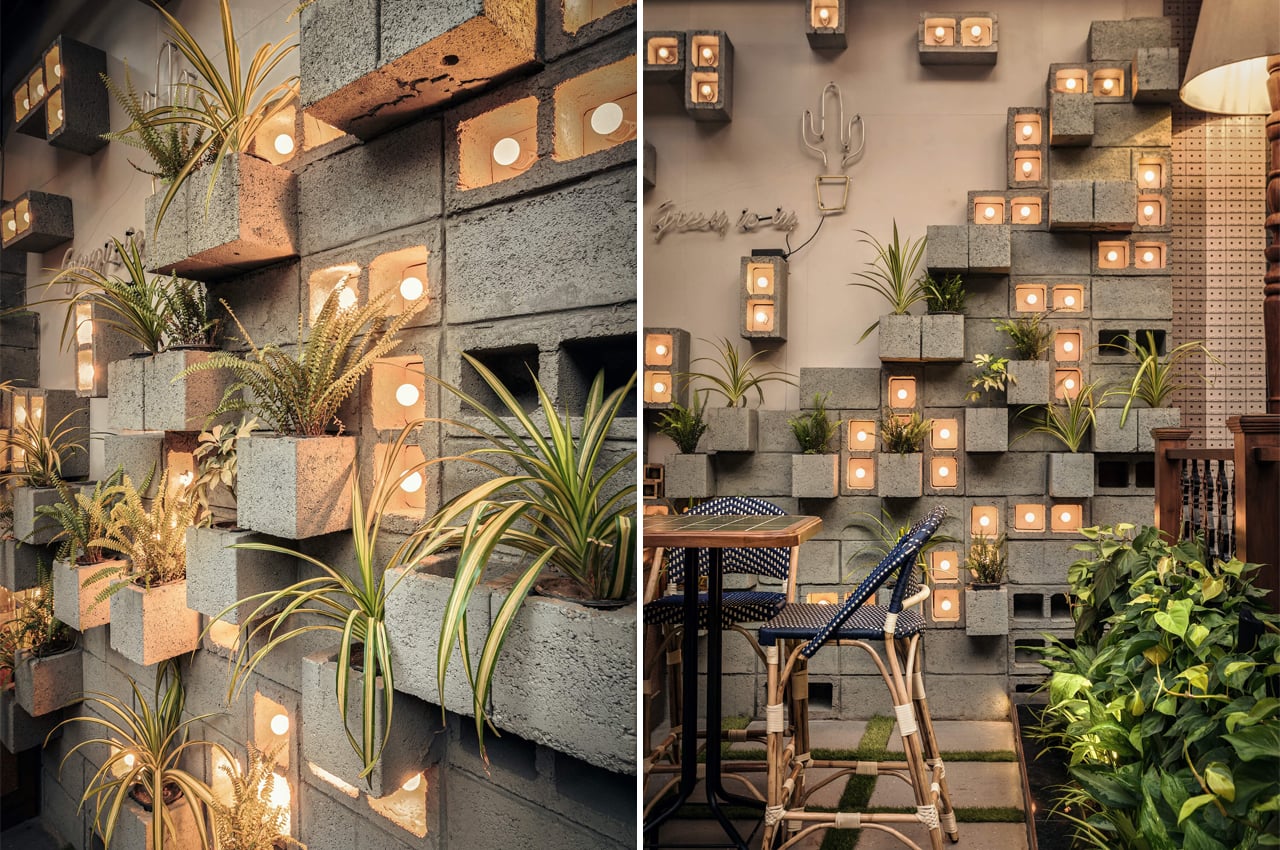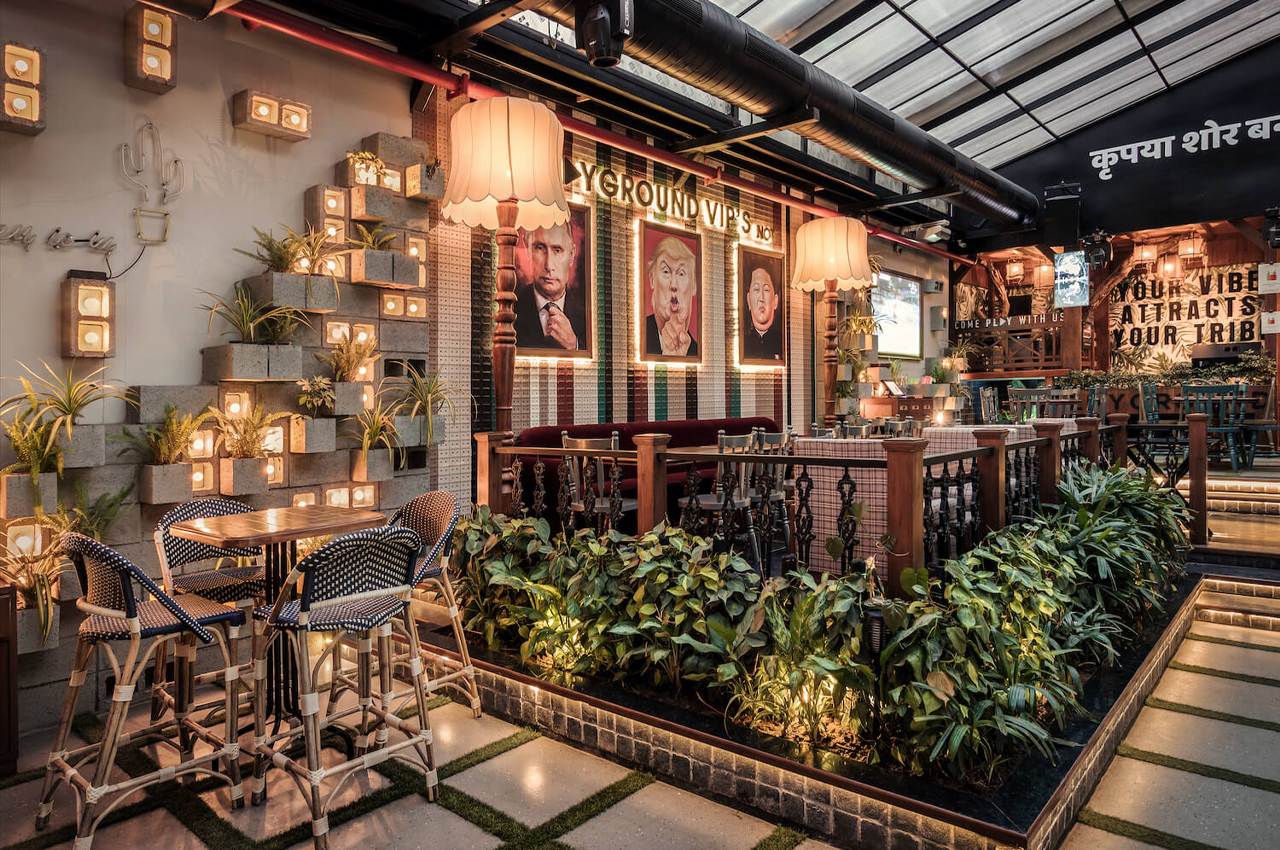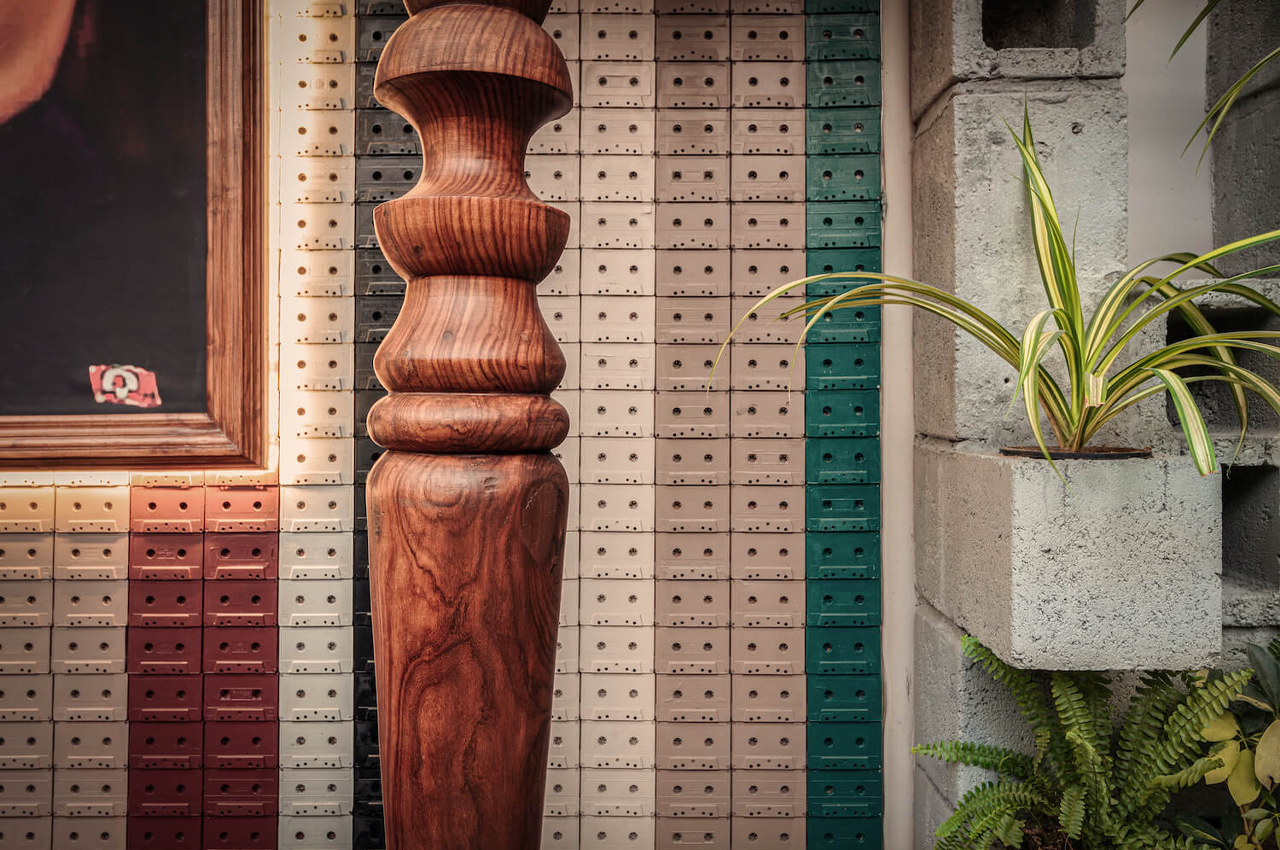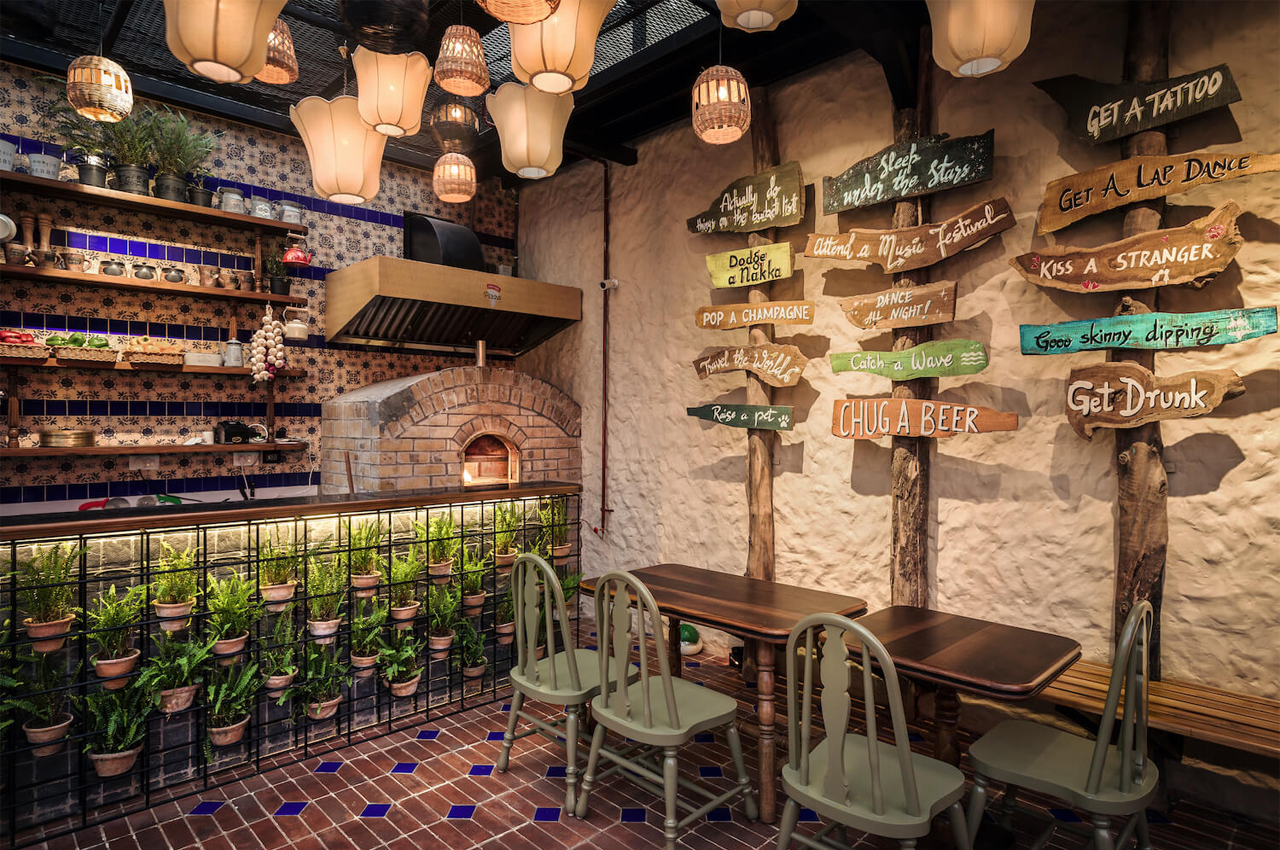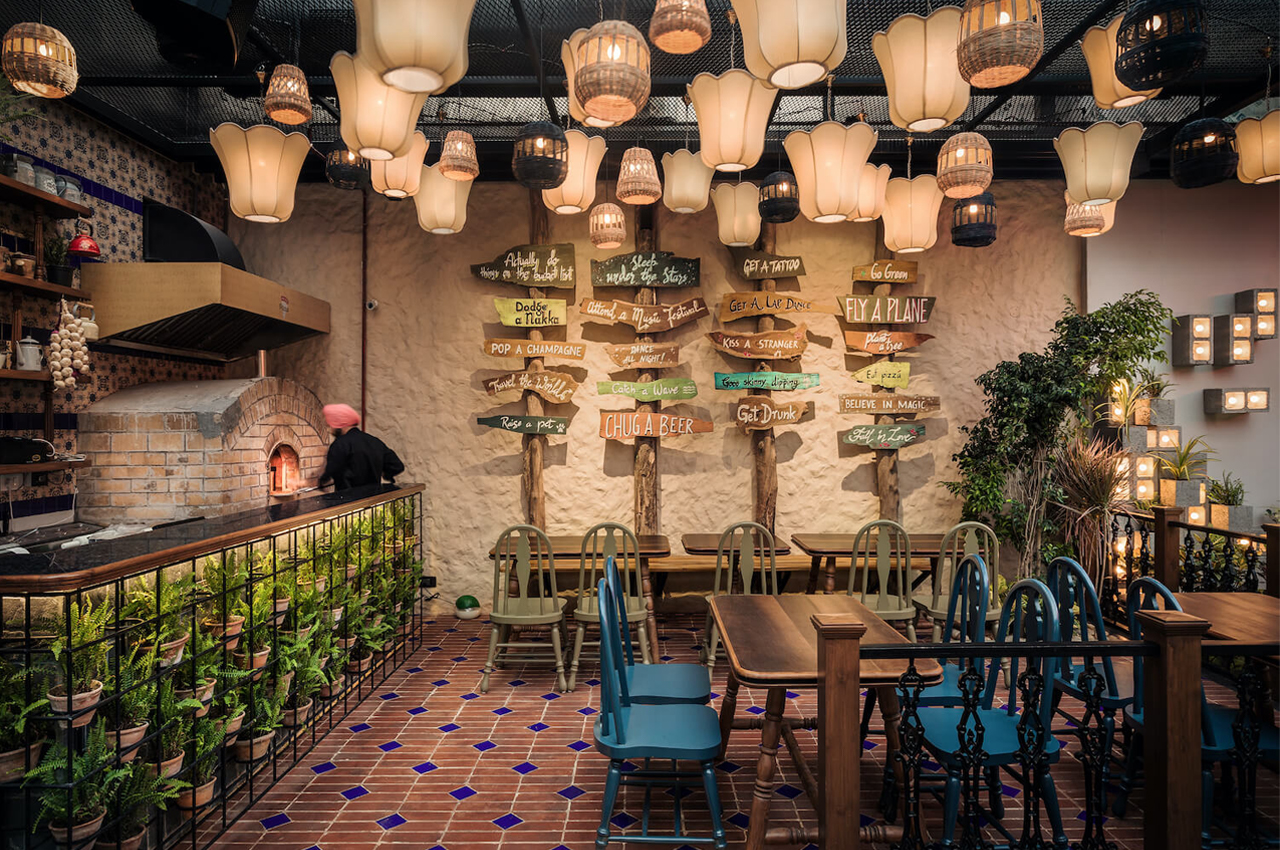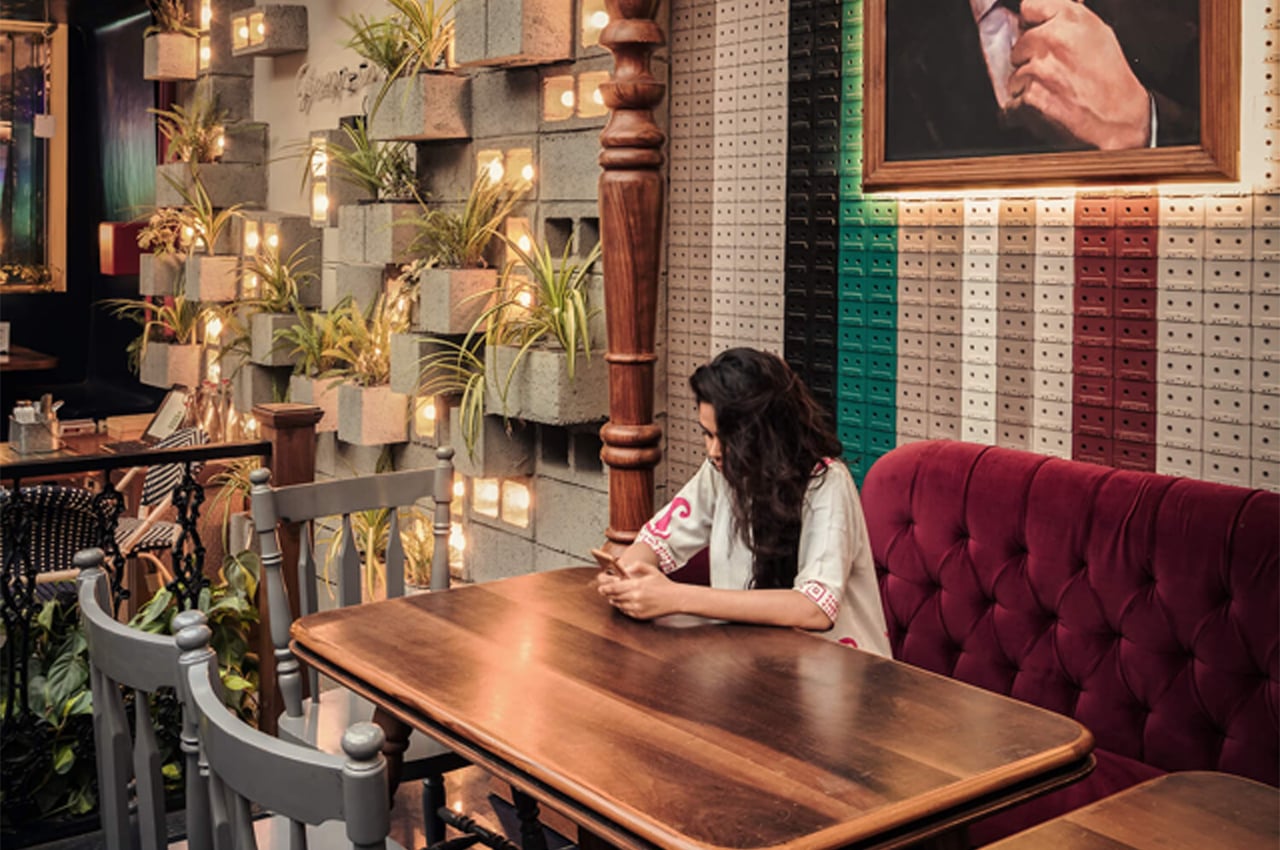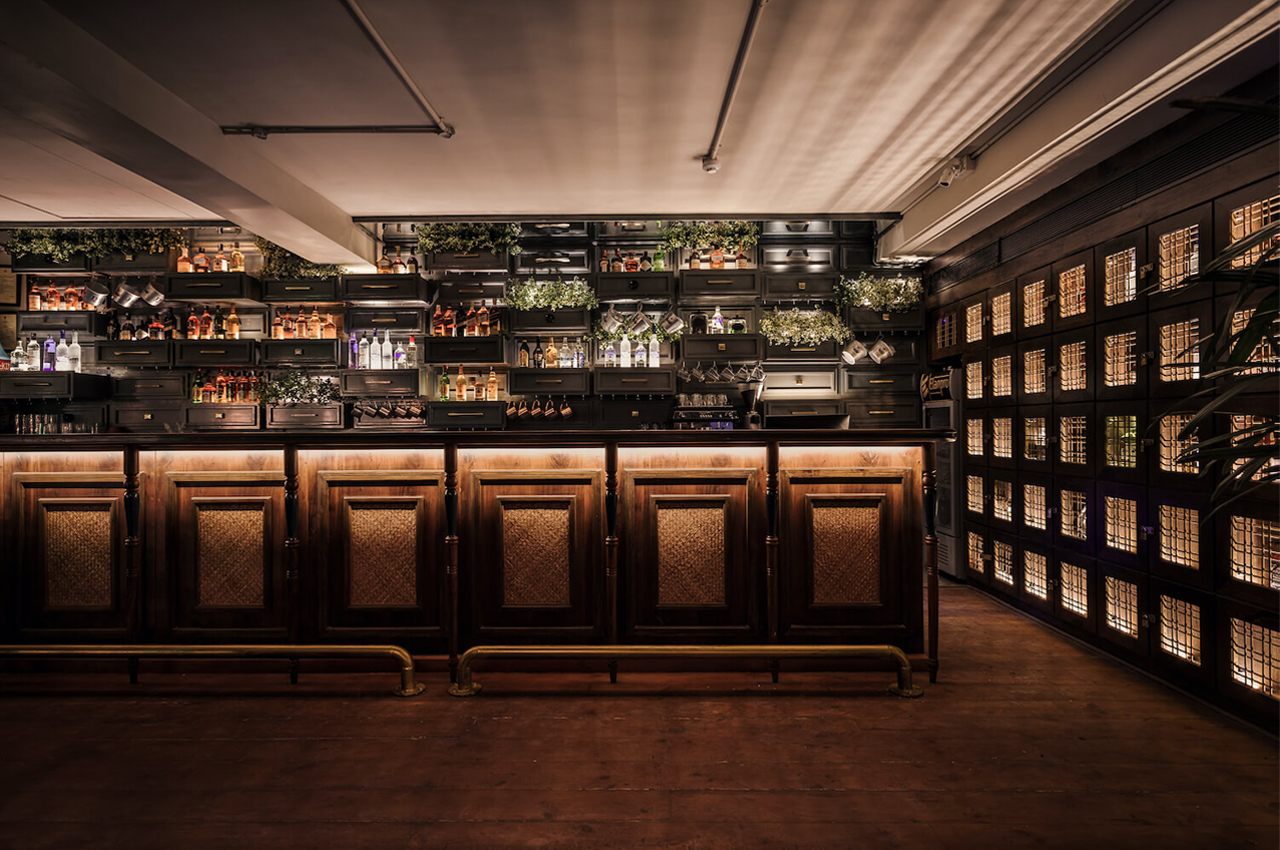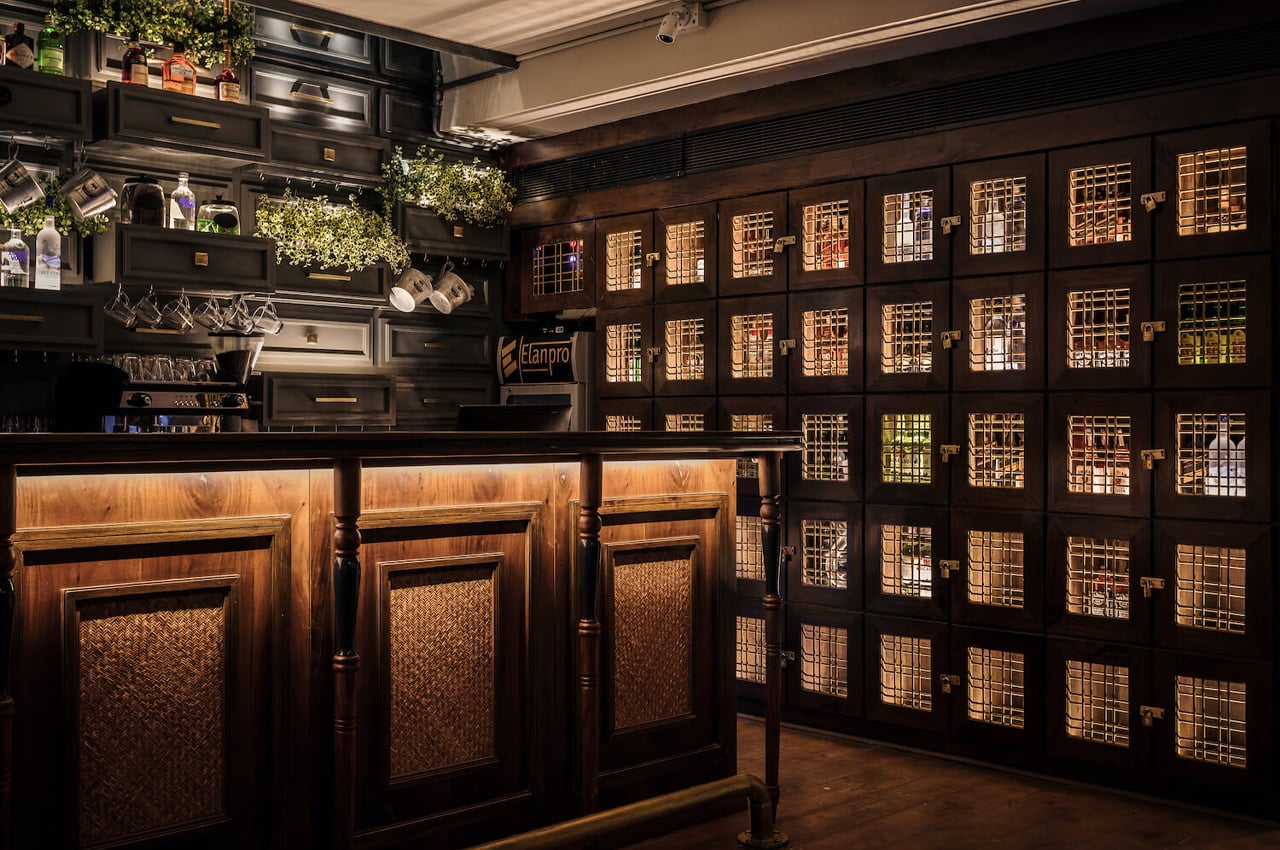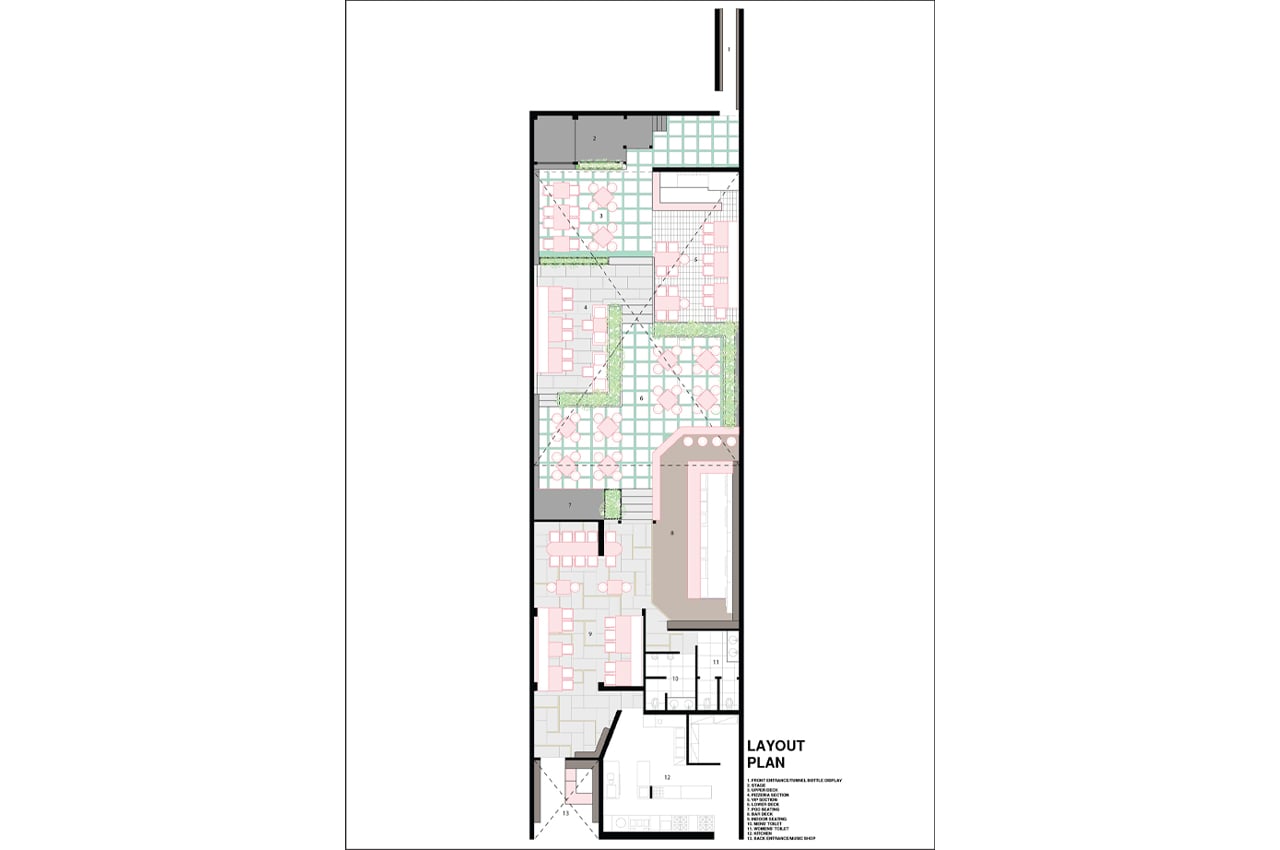The US Government Accountability Office (GAO) has dismissed protests from Blue Origin and defense contractor Dynetics over NASA’s decision to hand out a single $2.9 billion contract to SpaceX as part of its Human Landing System program. On Friday, the watchdog said NASA’s “evaluation of all three proposals was reasonable and consistent with applicable procurement law, regulation, and the announcement’s terms.”
When Blue Origin first challenged the lunar lander contract in April, the company claimed the selection process was “fundamentally unfair” because it didn’t get a chance to revise its bid. To that point, NASA could afford to give SpaceX the contract because the company agreed to modify its payment schedule. Blue Origin also took issue with the fact that the space agency selected a single contractor for the project when the initial announcement had called for two manufacturers to be involved.
In reviewing NASA’s decision, the GAO says the space agency “did not violate procurement law or regulation when it decided to make only one award.” It notes NASA gave itself the flexibility to hand out a single contract, multiple awards or none at all when it first announced the Human Landing System program.
What’s more, the GAO concluded there “was no requirement for NASA to engage in discussions, amend, or cancel the announcement” due to the amount of funding it had available for the project. Notably, the GAO also points in its press release that its role is not to judge the relative merits of a contract decision. Both Blue Origin and Dynetics had argued that NASA chose the most “high risk option available” since SpaceX’s bid involved its Starship rocket, which at that point in the procurement process had yet to land in one piece.
"We stand firm in our belief that there were fundamental issues with NASA’s decision, but the GAO wasn’t able to address them due to their limited jurisdiction. We’ll continue to advocate for two immediate providers as we believe it is the right solution," a spokesperson for Blue Origin said following the decision. "We’ve been encouraged by actions in Congress to add a second provider and appropriate additional resources to NASA's pursuit to return Americans to the Moon. We’re also very encouraged by Administrator Nelson’s comments over the past week that reaffirm NASA’s original intent to provide simultaneous competition. The Human Landing System program needs to have competition now instead of later — that's the best solution for NASA and the best solution for our country.”
The decision comes mere days after Blue Origin founder and former Amazon CEO Jeff Bezos offered to waive $2 billion in payments from NASA in return for a lunar lander contract. Following Blue Origin’s protest, NASA told SpaceX to stop work on the Human Landing System while the GAO sorted out the challenge. Today's decision allows the project and the Artemis program more broadly to move forward unless Blue Origin asks the US Court of Federal Claims to examine the case.
Update 2:28PM ET: Added comment from Blue Origin.

